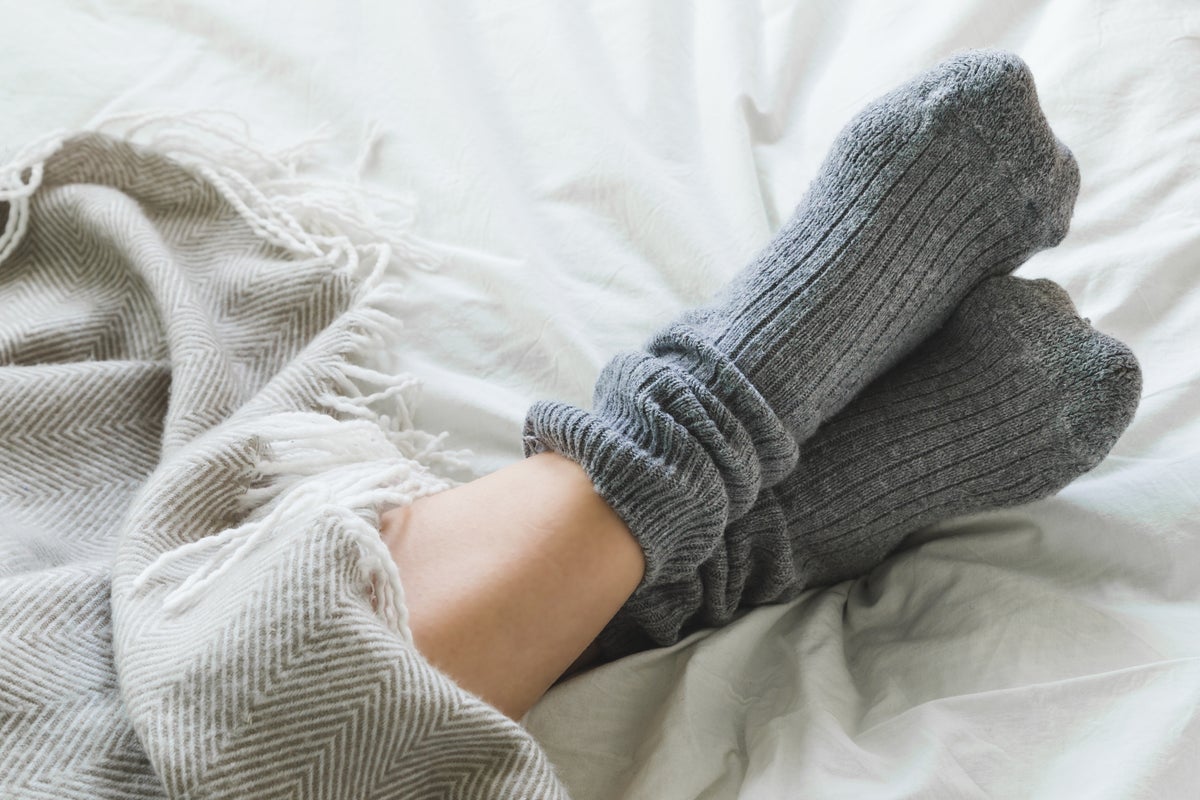Beyond being mere fabric, your socks harbor a complex and surprisingly active microbial ecosystem, a microscopic world that interacts intimately with your personal health and surrounding environment. This intricate biological community, often overlooked, plays a significant role in everything from unpleasant odors to potential infection transmission, making proper sock hygiene an essential aspect of daily well-being.
The human foot is a remarkably diverse microbial habitat, hosting up to a thousand different species of microorganisms, including a broader spectrum of fungal species than any other body part. This biodiversity contributes to the unique characteristics of your feet, producing volatile fatty acids and sulfur compounds whose microbial metabolism of sweat is the true source of characteristic foot odor, not the sweat itself.
The microbial inhabitants of your socks are not solely derived from your feet; they are also a dynamic reflection of your environment. As you move through your day, socks act as highly efficient microbial sponges, collecting bacteria and fungi from a myriad of surfaces, including household floors, gym mats, locker rooms, and outdoor spaces, incorporating elements from soil, water, pet dander, and general dust.
Crucially, these microbial residents do not remain confined to your socks. They readily transfer to other surfaces, including your shoes, home floors, bedding, and even directly to your skin. A significant hospital study, for instance, revealed that slipper socks worn by patients served as vectors for floor microbes, including antibiotic-resistant pathogens, into hospital beds, underscoring the broader public health implications of foot hygiene beyond individual comfort.
Socks are particularly instrumental in the spread of fungal infections, most notably tinea pedis, commonly known as athlete’s foot. This highly contagious condition, caused by dermatophyte fungi, thrives in the warm, damp environments created by sweaty socks and tight footwear, predominantly affecting the toes but capable of spreading to other body areas.
To mitigate the risk of such infections, experts strongly advocate for preventative measures. These include diligently avoiding walking barefoot in shared public spaces like gyms and pools, refraining from sharing socks, towels, or shoes, and consistently practicing rigorous personal foot hygiene, ensuring thorough washing and drying, especially between the toes. While topical antifungal treatments are often effective for existing infections, prevention remains paramount.
A critical consideration for effective sock hygiene is the persistence of fungal spores even after conventional washing. Therefore, individuals who have experienced athlete’s foot risk reinfection by re-wearing seemingly clean socks that may still harbor dormant spores, highlighting the limitations of typical domestic laundry practices focused primarily on fabric care.
Traditional laundry advice prioritizes fabric integrity, color retention, and shape preservation. However, when it pertains to socks, hygiene takes precedence. Research indicates that standard domestic washing temperatures, typically between 30–40°C, are often insufficient to eliminate all bacteria and fungi. Consequently, inadequately cleaned socks can serve as active infection vectors, posing a particular risk in households with vulnerable members. Steam ironing socks can offer an additional layer of protection, as the intense heat can effectively destroy residual spores, providing a more robust sanitization even at lower wash temperatures.
Ultimately, the ecosystems harbored on our bodies and within our clothing are not only intricate and revealing but also remarkably resilient. Whether aiding in forensic investigations or contributing to fungal outbreaks, the humble sock is a far more biologically active component of our daily lives than its appearance suggests, reinforcing the importance of diligent cleaning practices.






Leave a Reply